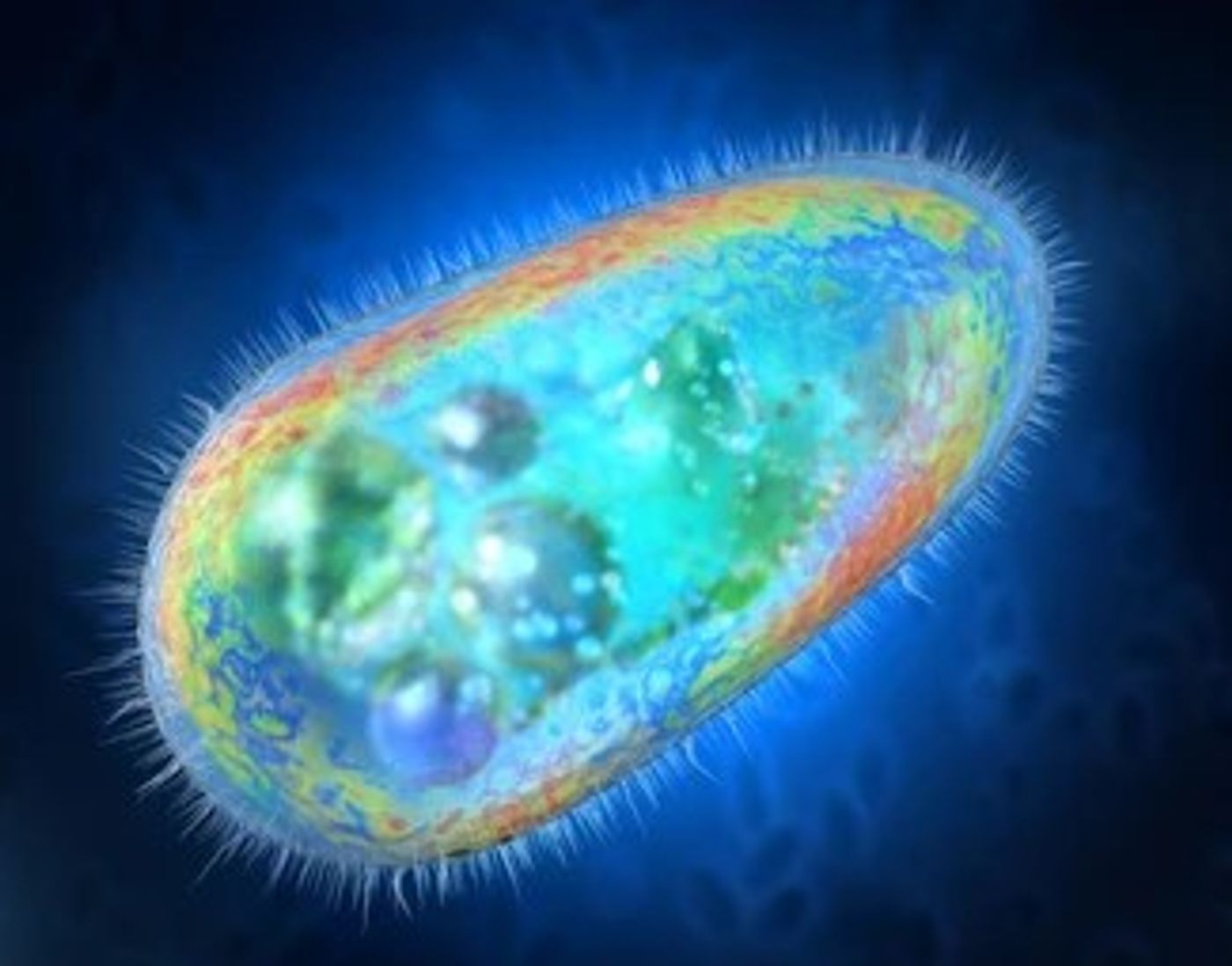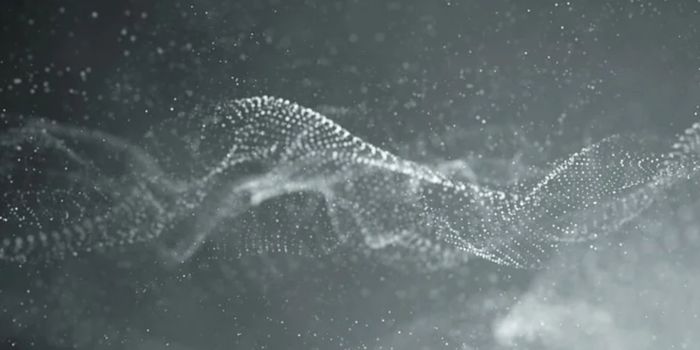Great Odin's Ravens! The Missing Link Between Single-Cell Organisms & Human Cells Named For the Old Norse Deity
Since the dawn of human history, we have always wondered how we got here. What processes took place that brought us from single-celled organisms into the living, thinking human beings that we are today? How have these processes helped shape the planet as a whole and are these processes the same for plants and animals, as well? Has there always been a sort of missing link, or are we all here because of chance? Thanks to science, we might be one step closer to answering these fundamental questions.
In a recent study published in Science Advances, a team of researchers from Nagoya University in Japan may have discovered a missing link between bacterial cells and animal and plant cells, including those of humans. They named it the Odin tubulin.
The origin of tubulin is crucial for understanding the process of eukaryogenesis, the point at which animal and plant cells separate from bacteria. In animal and plant cells, tubulin forms microtubules which are critical to their internal organization. Tubulin supports the cell, giving it structure, shape, and internal organization. Because it is so essential to the cell, uncovering the origin of tubulin would be a remarkable step in understanding how the complex cells found in animals and plants diverged from the single cells of bacteria.
Using x-rays, a group led by Akihiro Narita of Nagoya University, working in collaboration with the Tokyo Institute of Technology, studied a tubulin homolog protein that comes from the archaeon Odinarchaeota, whose name is derived from a god from Norse mythology, Odin.
“Its filament structure was surprising. The diameter was 100 nanometers, which is much wider than the microtubules of eukaryotes,” Narita explains. “The architecture was also unique. The molecules polymerize into arcs, which are then assembled into a slinky-like coil. We can view this coil structure as an intermediate in the evolution between FtsZ, a bacteria tubulin homologue that also polymerizes into rings, and the tubulin found in plant and animal cells."
Professor Narita is excited about the implications of their discoveries. He says, “We believe it is highly likely that microtubules are the middle of the evolutionary process. This discovery reveals part of how eukaryotes - including us - came into being.”
What if this same “missing link” can help us learn about how life begins on other planets, as well? Only time will tell, and this is why we science!
As always, keep doing science & keep looking up!
Sources: Science Advances, EurekaAlert!









